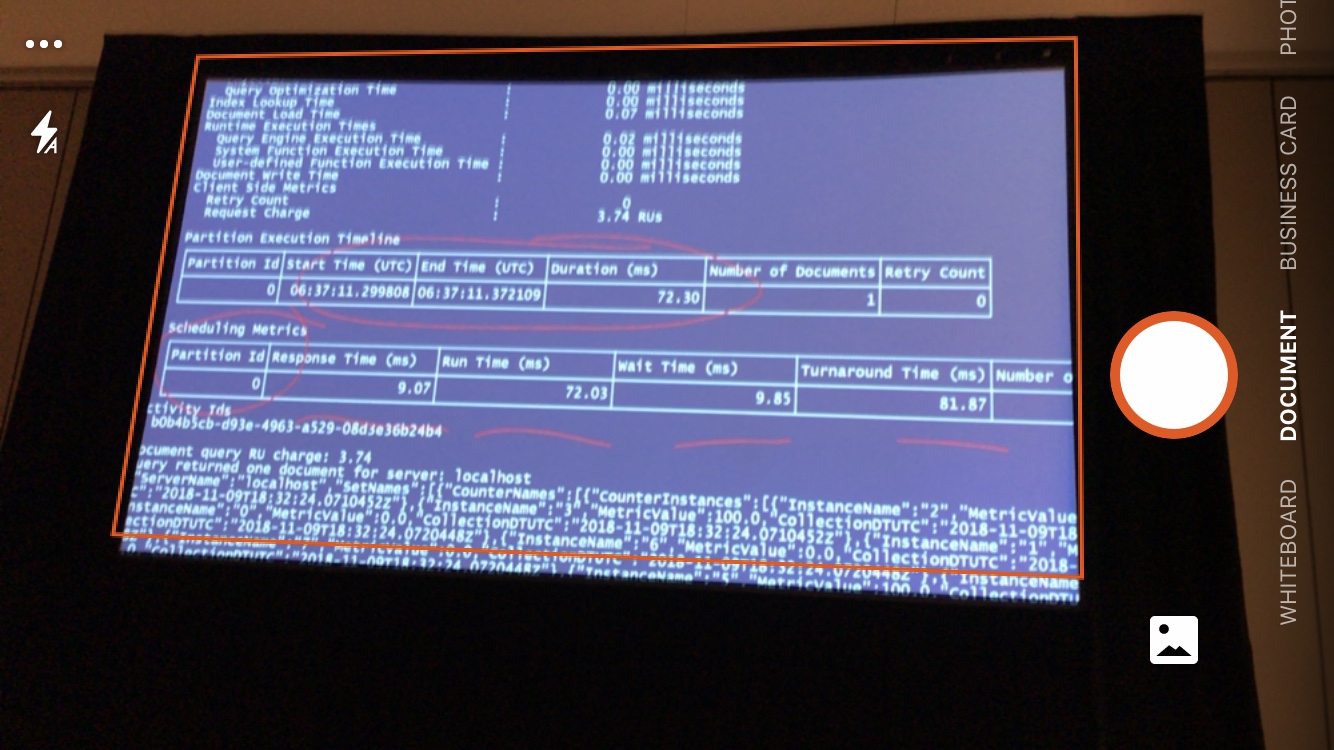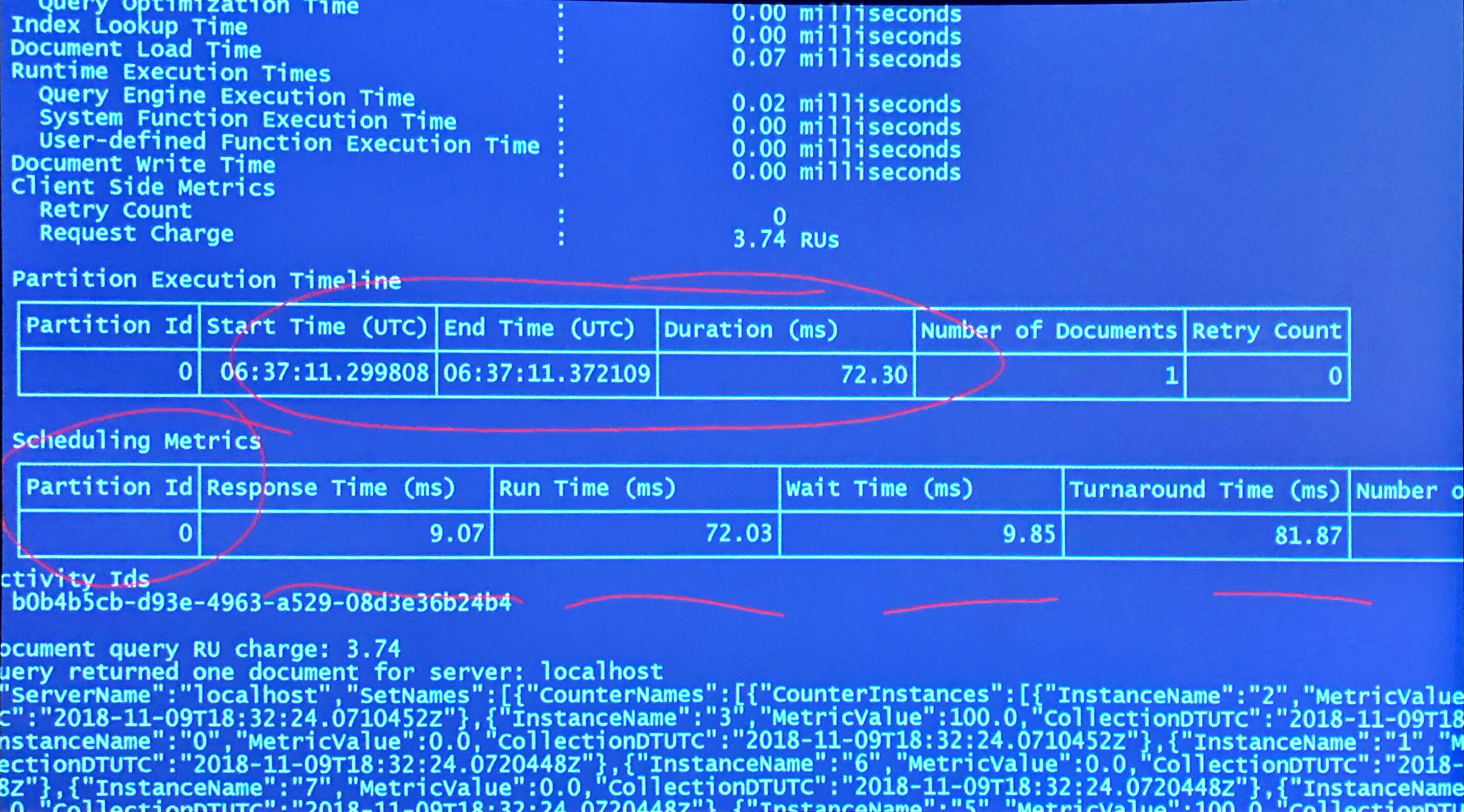I came upon this issue when I was building some views to support legacy integrations to an app that I was refactoring. The view is supposed to have exactly the same column definitions as a table in the old database that I am redesigning, so to make SSIS packages and other integrations run smoothly, I want the view’s columns to have the same datatypes, nullability, etc.
But there are some gotchas to watch out for with CAST and CONVERT.

